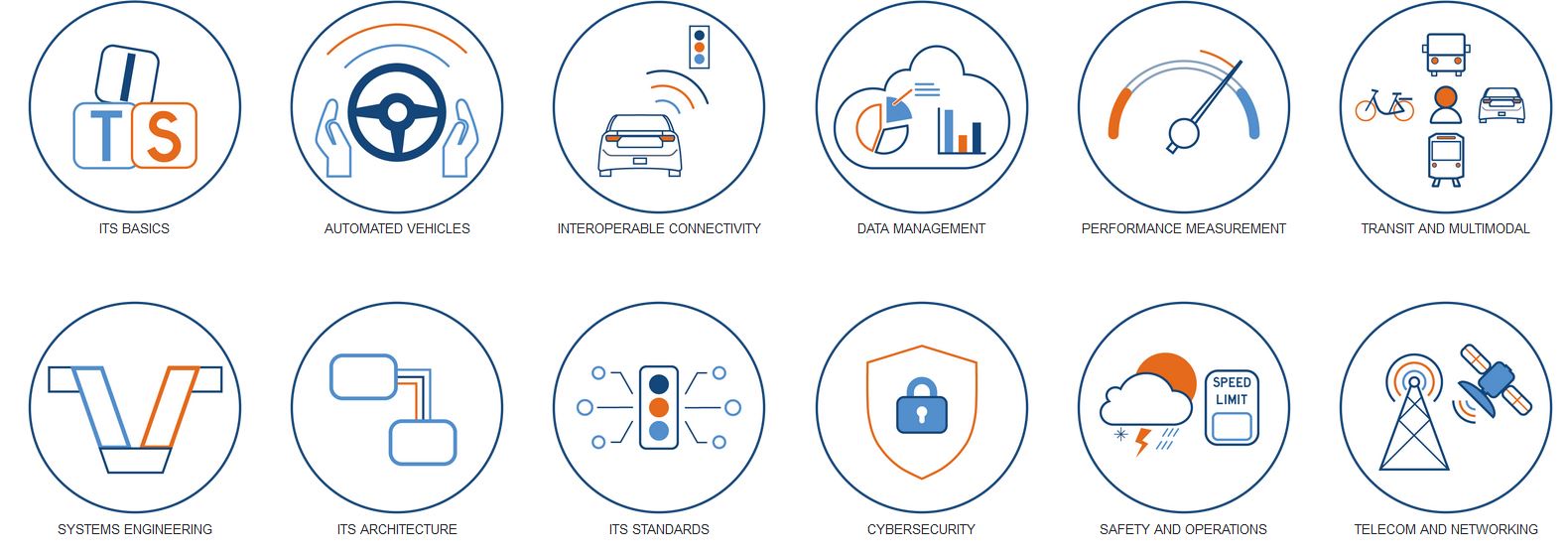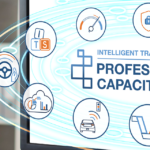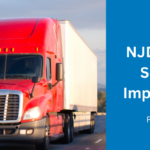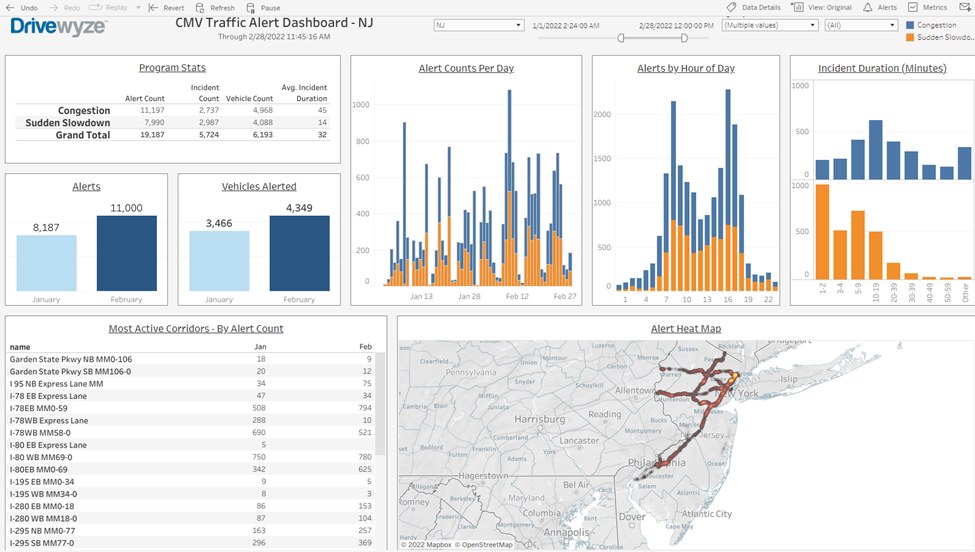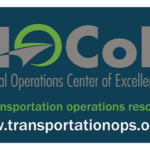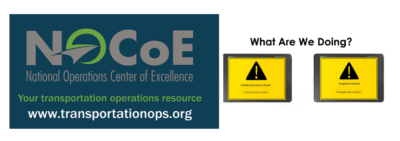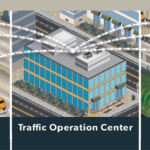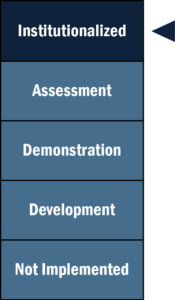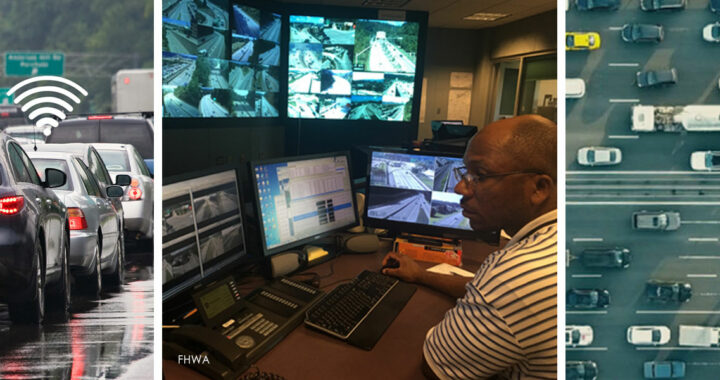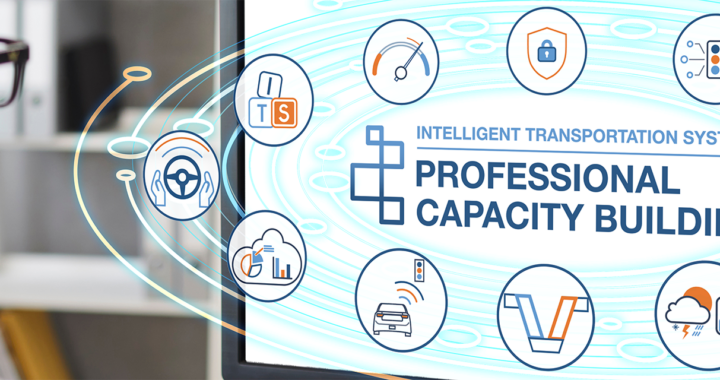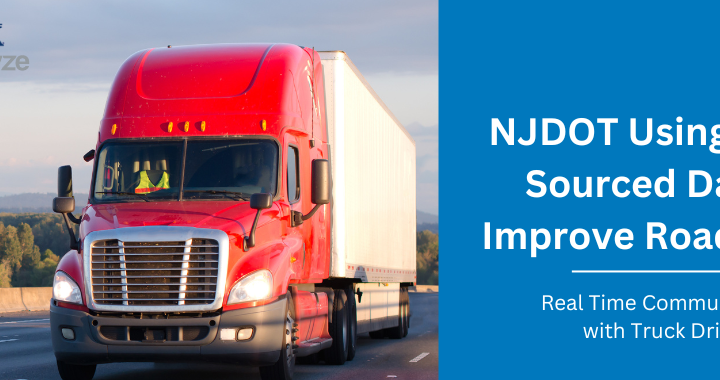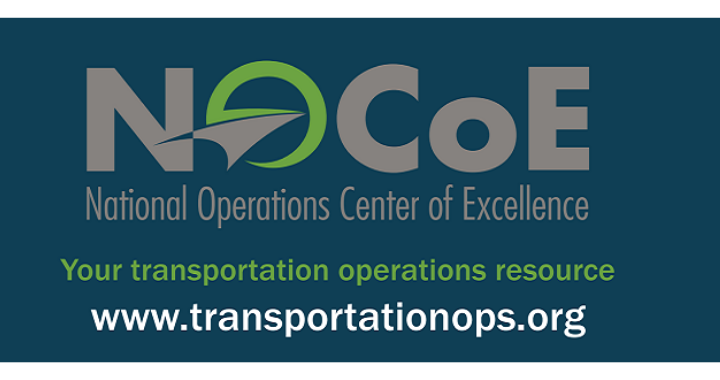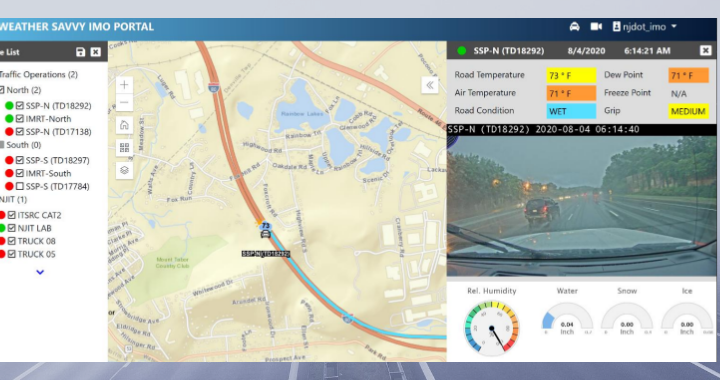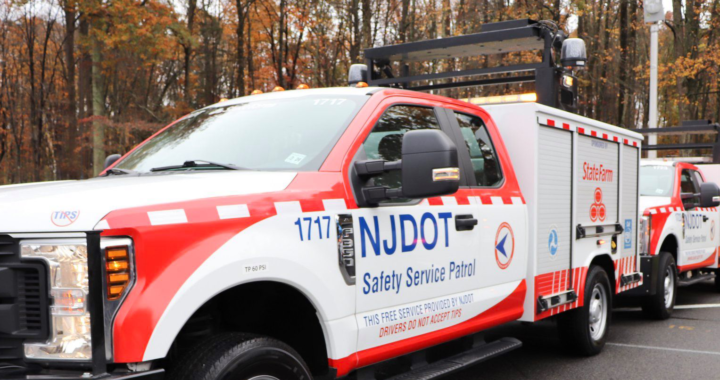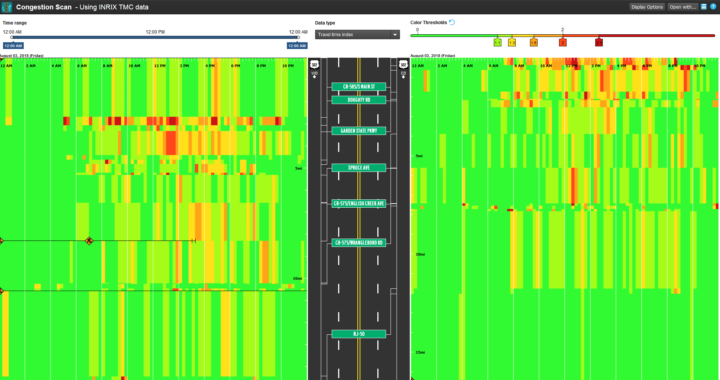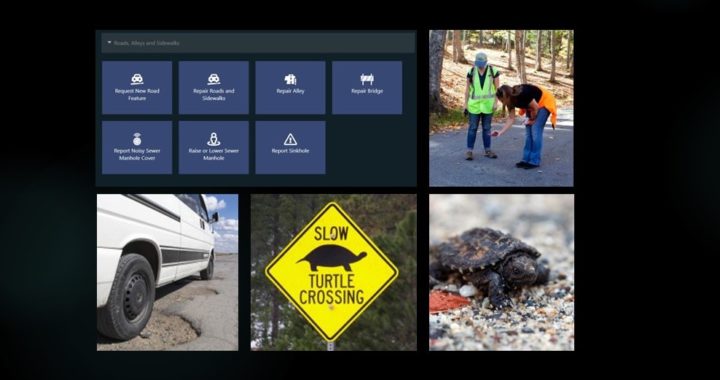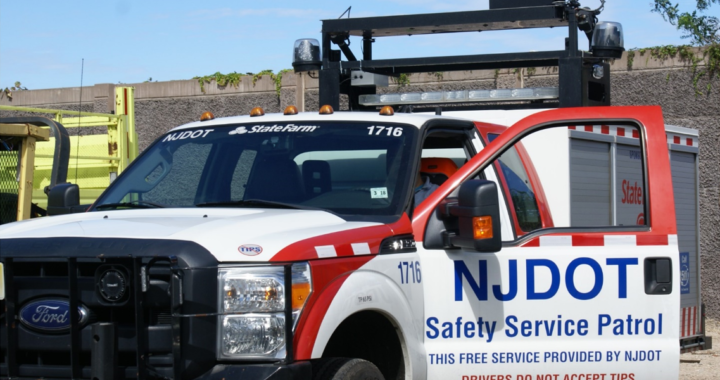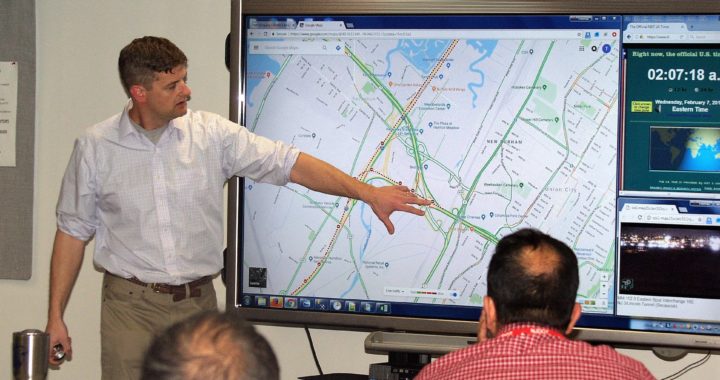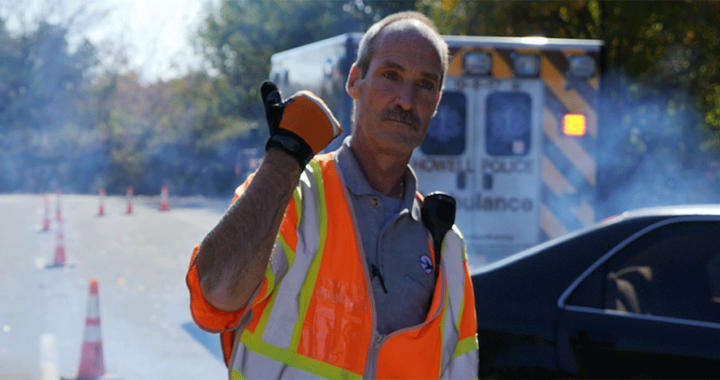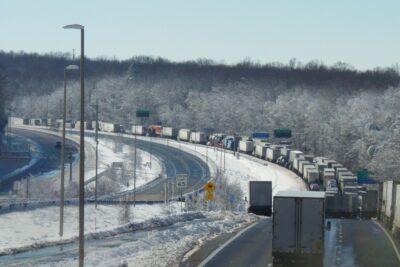
Commercial vehicle safety-related alerts can notify drivers of major slowdowns from incidents and weather to inform decision-making. Source: Sblover99, Wikimedia
The National Operations Center for Excellence held a webinar featuring New Jersey and Colorado DOT initiatives to establish private sector partnerships that use crowdsourced data to deliver real-time information to commercial vehicles to improve the safety of all road users. Transportation agencies can now deliver in-cab alerts about road conditions through connected truck service providers to help commercial vehicle drivers approach and react more quickly to roadway incidents, work zones, and adverse weather conditions.
For this event, the NJDOT’s Senior Director for Transportation Mobility, Sal Cowan, gave a presentation, “NJDOT Using Crowdsourced Data to Improve Road Safety: Real Time Communications with Truck Drivers”. He was joined in making this presentation by NJDOT's private sector partners for this initiative, Amy Lopez, Director, Public Sector Services and Smart City Strategy for INRIX, and Marc Nichols, Director, Government & Industry Partnerships for Drivewyze.
As traffic deaths rise, NJDOT wants to get more information into the hands of drivers about changing roadway conditions – the earlier the better – to inform their decision making in an effort to reduce crashes. Summoning the key phrase, “Whatever It Takes”, Director Cowan framed the life-saving imperative behind NJDOT's willingness to make greater use of crowdsourcing and real-time data tools to reduce the risk of crashes. He highlighted how commercial vehicle alerts can inform truck drivers of hazards on the road, such as sudden slowdowns, disabled vehicles, and debris before the truck is affected by the incident. The driver can seek an alternate route or pull over until the slowdown is cleared.
INRIX collects extensive traffic data for state transportation agencies. They provide two types of alerts: "curated" incidents are from multiple sources such as DOTs, Twitter feeds, Waze, police scanners and other sources that are managed by the INRIX incident team; and "calculated" incidents such as dangerous or sudden slowdowns that are mathematically calculated by INRIX and compare real time speeds with free flow speeds at specific segment locations to identify abnormal conditions. The INRIX system has the ability to deliver real-time data that detects and describes sudden slowdowns, closures, and queues by location for specific events. This data is passed on to Drivewyze to send out alerts.
Drivewyze, introduced as North America’s largest connected truck network, provides communication with some 2.8 million trucks via its Drivewyze application which is embedded in the electronic logging device (ELD) of the truck. Drivewyze takes data from INRIX and communicates it to commercial truck drivers. The system works with severity thresholds and trigger warnings so only events that exceed these thresholds are reported. Commercial drivers receive the messages through the ELD in their cab. The reported information can be customized to include notification of specific weather events, incidents, work zones, and bridge and road closures.
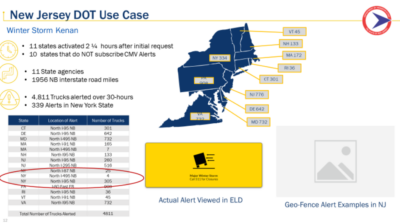
A "major winter storm alert" was distributed to several states in the Northeast and reached some 4,811 trucks at a critical time.
NJDOT plays a pivotal role in providing weather and detour related data. Through this partnership NJDOT can collect extensive data regarding issues and incidents that it otherwise could not directly obtain. This allows the state to identify areas along key highways that produce issues and NJDOT can then begin to identify ways to resolve them. In addition to analysis, NJDOT can work proactively with is partners to prevent crashes. During Winter Storm Kenan, NJDOT was able to send alerts out through Drivewyze to thousands of trucks across the Northeast to alert drivers to a major winter storm and hazardous road conditions and to take precautions.
The webinar, part of the FHWA's Adventures in Crowdsourcing Webinar Series, had two featured presentations on initiatives to address commercial vehicle safety through crowdsourcing. The webinar explored lessons from New Jersey, Colorado and other states through presentations and information exchange with attendees from the FHWA, other state DOTs, and private sector partners. To learn more about the New Jersey initiative and the capabilities of its private sector partners, check out the full presentation here, starting at the 29th minute. The presentations given by the NJ team and other presenters can be downloaded here.
